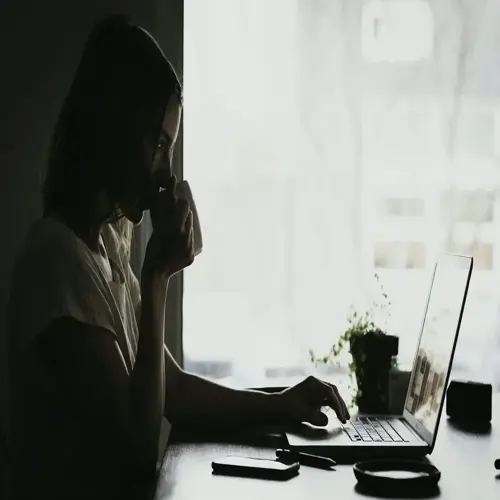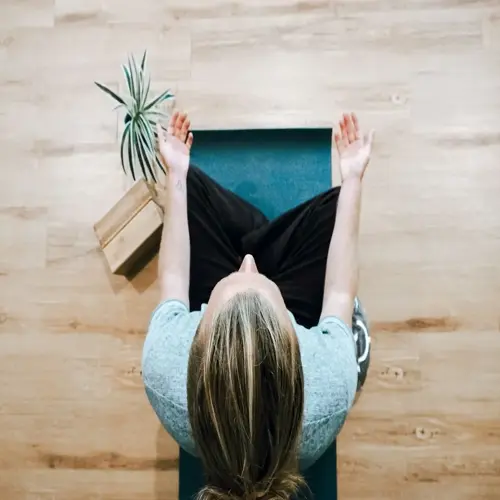How do I create the right environment?

Written by
Natalie Hamilton
Reviewed by
Prof. Graham Pierce, Ph.D.Creating the best environment possible is the most important factor in sleep meditation effectiveness. Your space must provide safety signals to your nervous system. Focus on cool 60-67°F temperatures and absolute darkness. These settings will provoke the natural release of melatonin. Eliminate exposure to lights from electronic displays. Your body will respond with faster relaxation rates and deeper sleep transitions.
Light Control
- Install blackout curtains blocking 100% external light
- Use sleep masks with contoured designs for eye comfort
- Replace blue nightlights with red spectrum bulbs
- Remove electronics with standby LEDs from bedroom
Temperature Management
- Maintain 60-67°F range for optimal sleep biology
- Use cooling mattress pads during warmer months
- Place feet outside covers for natural thermoregulation
- Install smart thermostats with bedtime temperature drops
Sound Optimization
- Employ white noise machines masking disruptive sounds
- Use earplugs with 32dB noise reduction rating
- Install acoustic panels reducing echo in bedrooms
- Choose consistent soundscapes without volume spikes
Factors of your bedding have a crucial impact on comfort. Choose naturally breathable fabrics, such as cotton or bamboo, and stack blankets for variable warmth. Use pillow arrangements that support spinal alignment. These factors will help you avoid getting physically distracted during practice. Comfort itself is a crucial element in maintaining your focus.
Engage in pre-sleep rituals to gain the maximum advantage from this technique. Dim the lights 60 minutes before meditating, turn off screens, and keep electronic media out of the house. Also, spray lavender mist on the pillows. The action creates psychological stimuli. The body begins to recognize the signals, signaling that sleep may be initiated.
Experiment with tweaks over several nights. Observe how temperature changes affect your ability to fall asleep. Do you notice benefits from limiting your exposure to light? Whenever you make small improvements that you can maintain, they will eventually add up. Your individualized sleep sanctuary will continue to evolve just through understanding and making adjustments.
Read the full article: Guided Meditation for Sleep: Techniques and Benefits

